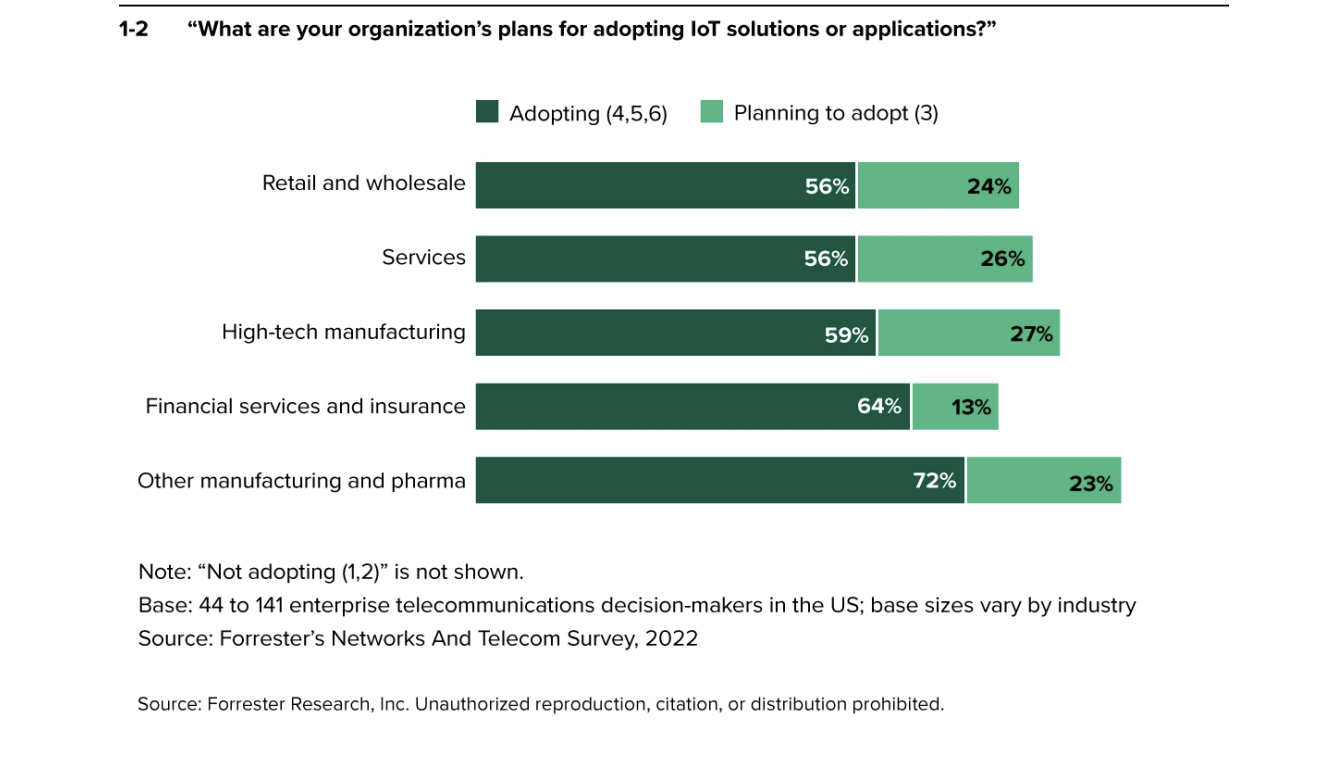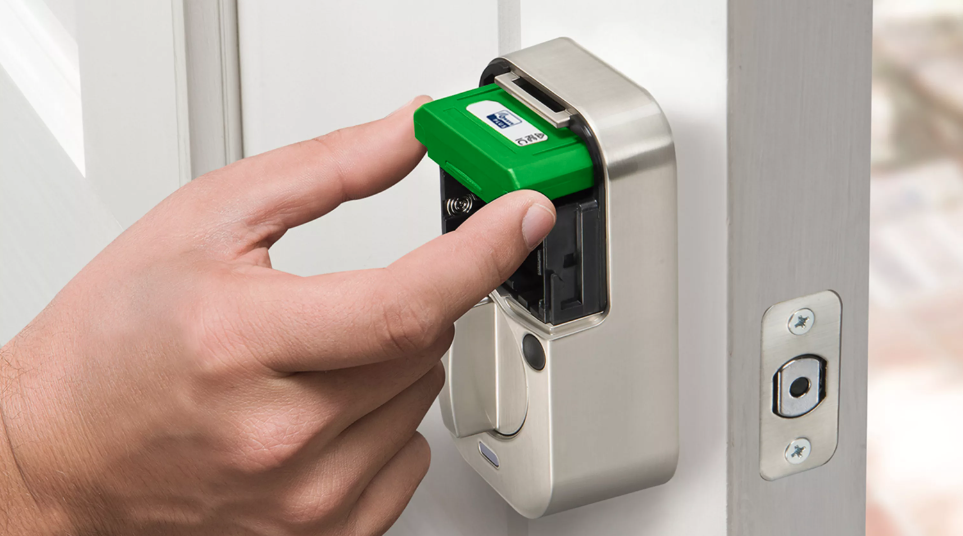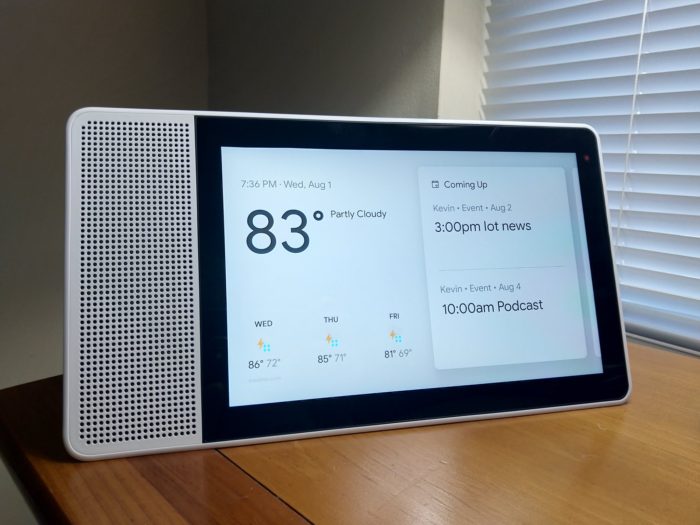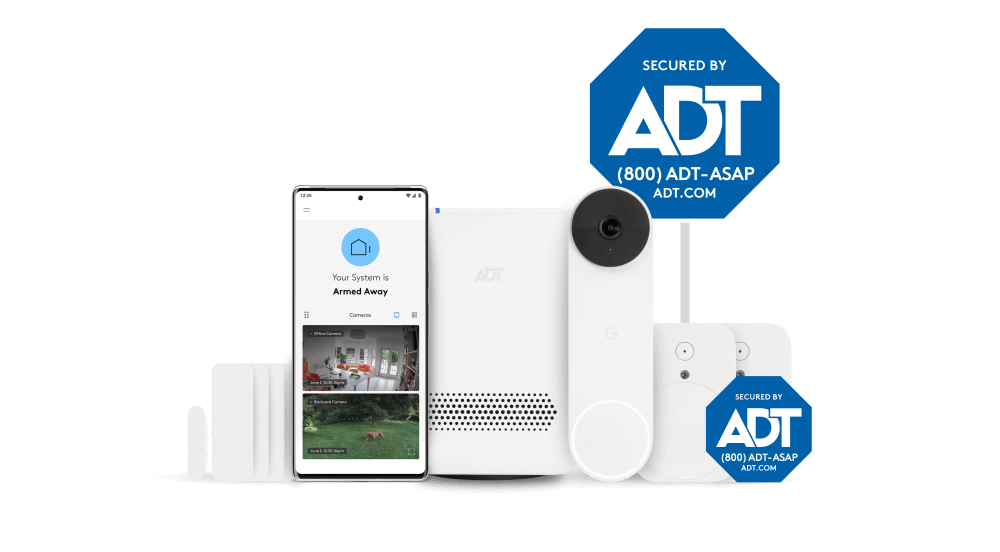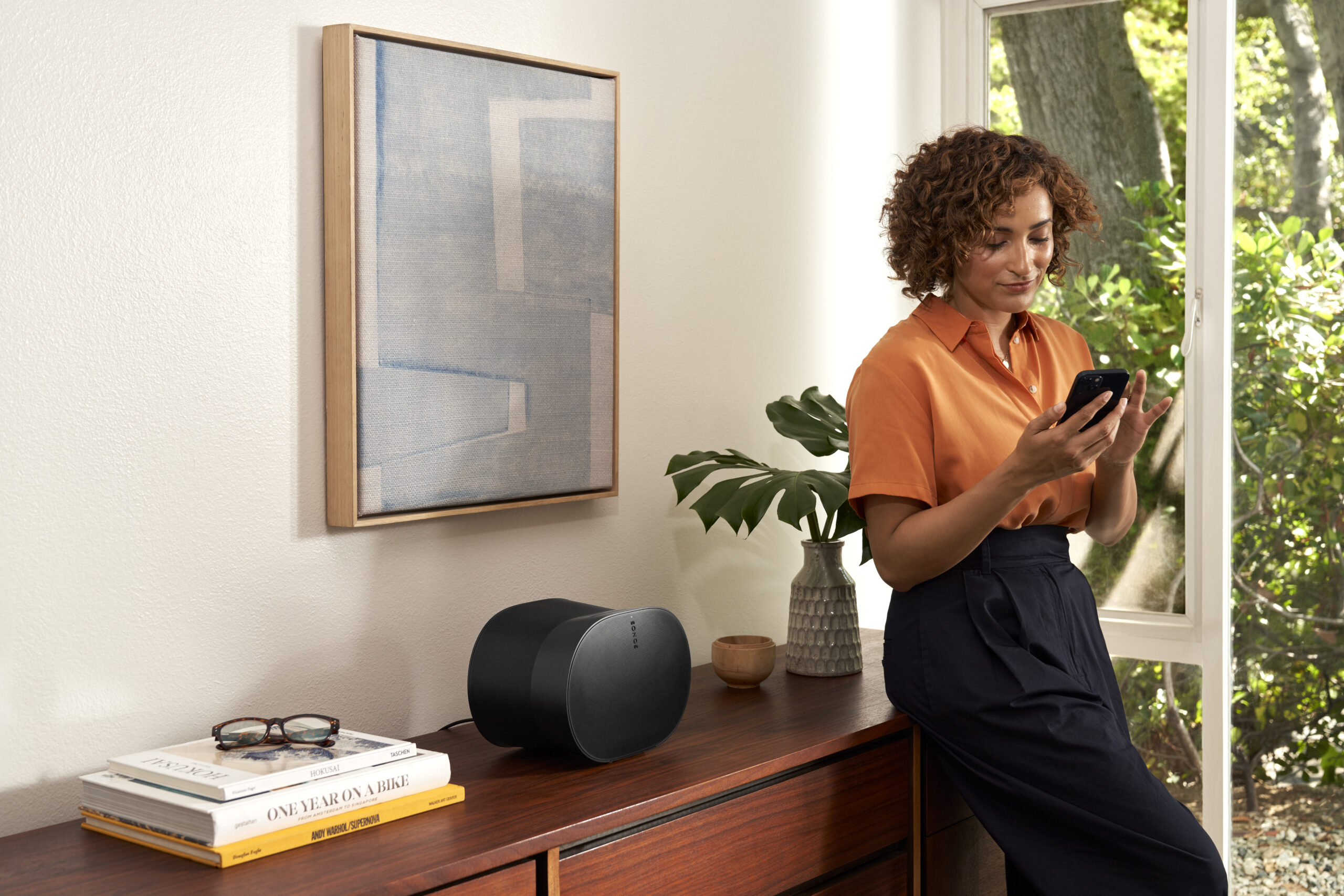Google launched a new tablet and dock at the Google I/O event Wednesday, and Kevin and I share our thoughts on how it might fit in with a smart home. Will it replace your Nest Smart Displays? We also share some of the updates expected in the new Google Home app before moving on to discuss Roku’s new smart home security system. Then we ask questions about the new State Farm and ADT combined security and water monitoring plans that provide a 6% discount on your insurance premium. Will insurers see your ADT data? You do have to to share it. After this we talk about Qualcomm’s V2X acquisition of Autotalks, the return of Mirai on TP-Link routers, and more perspectives on the Aqara FP2 sensor. It’s not great at fall detection, but it is able to offer some unique automations based on where people are in a room and how many people are there. We then end the news section by answering a listener question about connecting IR devices to your smart home.

Our guest this week is Calista Redmond, the CEO of RISC-V International. She explains what RISC-V is and the why the chip world needs a new instruction set. She also gives some examples of RISC-V architectures used to design chips for the IoT. There are hearing aids and edge computing gateways that currently use the technology as well as automotive chips. We also addressed concerns about the lack of software that supports the RISC-V architecture and how the organization plans to handle fragmentation. Enjoy.
Hosts: Stacey Higginbotham and Kevin Tofel
Guest: Calista Redmond, CEO of RISC-V International
Sponsors: Computex and Blues Wireless
- The Pixel Tablet isn’t supposed to replace your Nest Displays
- State Farm’s investment in ADT is now a real product. We have questions.
- Qualcomm is still betting on vehicle-to-vehicle communications
- What the heck is RISC-V and why would we use it?
- How companies are using RISC-V for the IoT
Podcast: Play in new window | Download | Embed
Subscribe: RSS

